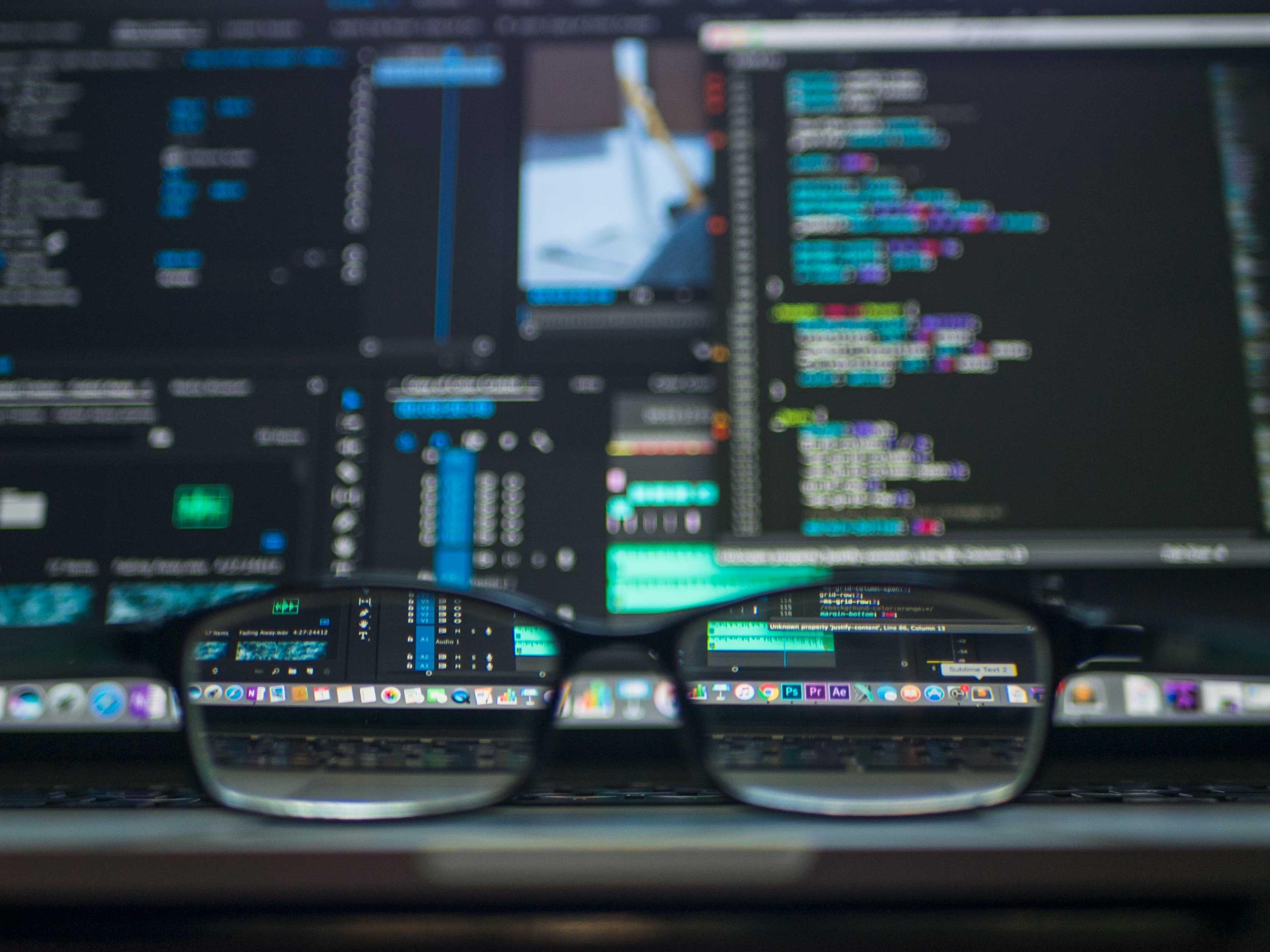Advantages of computers
Comparing the computer and the brain has been instructive to both computer engineers and neuroscientists.
- Computers are faster with basic operations, at a speed of 10 billion operations per second, while the brain can perform at about a thousand basic operations per second.
- The computer has considerable advantages in the precision of basic operations. A 32-bit computer has a precision of 1 in 4,2 billion, while the brain has a precision of 1 in 100 at best.
220
862 reads
CURATED FROM
IDEAS CURATED BY
The idea is part of this collection:
Learn more about health with this collection
How to create a positive work environment
Techniques for cultivating gratitude and mindfulness at work
How to find purpose in your work
Related collections
Similar ideas to Advantages of computers
Serial and parallel processing
The brain is not slow nor imprecise in performing calculations.
For example, a professional tennis player can follow the trajectory of a tennis ball after it is served at speed as high as 160 miles per hour, move to the best spot, position his arm, and swing the racket...
Limits Of Your Attention
Our brain receives 11 million “bits” of information in the form of sensory experiences each second. But how many of these eleven million bits can our minds consciously process and focus on at once? Just forty of them. Not forty million or forty thousand, but forty.
Our atte...
Read & Learn
20x Faster
without
deepstash
with
deepstash
with
deepstash
Personalized microlearning
—
100+ Learning Journeys
—
Access to 200,000+ ideas
—
Access to the mobile app
—
Unlimited idea saving
—
—
Unlimited history
—
—
Unlimited listening to ideas
—
—
Downloading & offline access
—
—
Supercharge your mind with one idea per day
Enter your email and spend 1 minute every day to learn something new.
I agree to receive email updates
